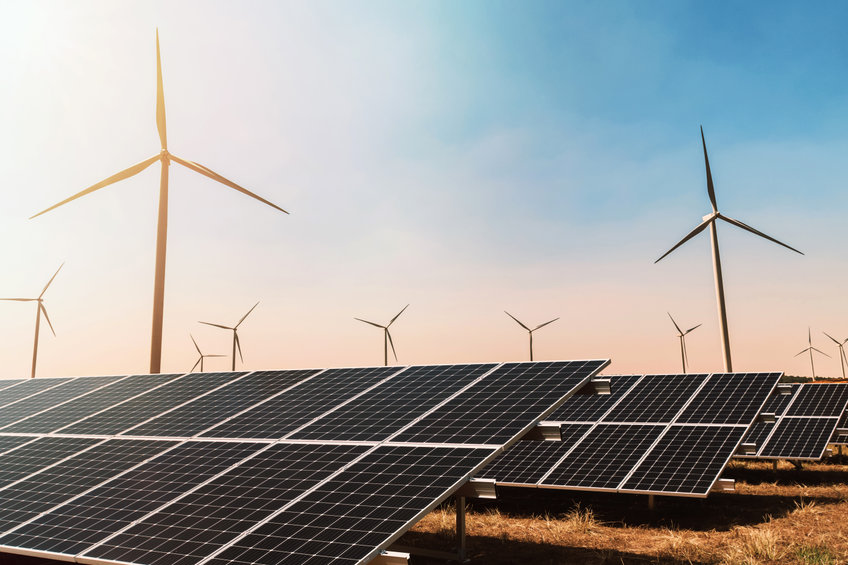You often hear that wind and solar power are cheaper than burning coal or natural gas, so we will save money by switching. But as the song says, it ain’t necessarily so. In fact it is almost never so. That wind and solar are cheaper is at best a half truth, more like an eighth truth.
Here is the reality you never hear of.
That wind and solar are cheaper is true in one way, but it is a small way. It is also a technical way, with the grand name of the “levelized cost of electricity” or LCOE. Now “levelized” is not a word you hear every day, to say the least. This might tip you off that something is going on.
In fact LCOE, as it is always called, is a simple idea. It is usually calculated (or estimated) for a single electric power generator. This might be a coal or gas fired power plant, or for a wind farm or solar array. You first take the total cost over the entire life of the generator. This includes construction, operation and retirement or disposal. You then divide this cost by all the juice it generates in that lifetime. The answer is the LCOE for that generator.
So LCOE is the cost of making the juice. What levelized means is that the ups and downs over time are not part of it. They are all mashed into a single number.
For the big, utility scale, generators the cost is usually in dollars and the juice in megawatt hours or MWh. An average house uses around one MWh a month. America as a whole uses around 4 billion MWh a year. That is a lot of juice.
Individual generator costs can vary from case to case, making LCOE something of a crude estimate. Below is a recent version of an international assessment, using the lowest numbers.
Note that there are two different kinds of gas fired generator. What is called a simple cycle is basically just a jet engine spinning a generator. These are usually pretty small. Then there is the “combined cycle” power plant where the hot jet exhaust makes steam that drives another generator. Most of our gas fired generation is combined cycle. Simple cycle is used when a boost of power is needed for a short time.
Likewise there are two types of wind generator, depending on where they are. Offshore wind towers are out in the ocean, which makes them expensive. Onshore wind is the familiar multi-tower wind complex on dry land. While Europe has a lot of offshore wind, America has almost none at this point. Several big projects are in the works. We are here just talking about onshore wind, which is relatively cheap.
Estimated average LCOE for various types of power plant in $/MWh.
Coal = $60
Simple cycle gas = $152
Combined cycle gas = $41
Solar = $36
Onshore wind = $29
You can see that solar and (onshore) wind are both cheaper than gas and coal. This is what is meant when people say wind and solar are cheaper. Their LCOE is lower.
However, when used in the grid to power America, wind and solar are far from cheaper. This is the fact that proponents of wind and solar like to ignore, or in many cases do not even know about.
In addition to the LCOE there is the high cost of making wind and solar reliable.
The basic fact is that coal and gas are reliable while wind and solar are not. What this means is that with coal and gas we can generate the electricity when we need it. We can rely on it. Wind and solar only generate when the wind blows strong and the sun shines bright. Since we cannot rely on wind and solar we have to have gas or coal generators standing by, ready to run when wind or solar don’t.
Having gas or coal fired power plants standing by is a big cost that is not included in LCOE. These generators could be supplying the power instead of the wind and solar, which would pay for them, but they are not. They are sitting there waiting to run, which still costs a lot of money. The big cost of these idle plants is part of the cost of wind and solar. It is the cost of reliability.
These idle gas and coal fired plants are not running just to make room for the power coming from the wind and solar generators. The cost of this deliberate idleness has a name in the industry. It is called the “capacity cost” because the amount of power a plant can produce is called its capacity. Since you are paying for the amount of generation needed to backup the wind and solar, that is the capacity cost of the backup.
Capacity cost is the reason that adding wind or solar generation (that must be used) drives up the price of electricity. This is why those States (and countries) with the most wind and solar tend to have very expensive electricity. The more wind and solar you have in the generation mix, the greater the capacity cost. Note that using batteries is not a realistic option, because the cost of backup batteries is far greater than the capacity cost.
In short, wind and solar are only cheaper if you ignore the cost of making them reliable. There is a lot of that going around. Don’t be fooled.
Reprinted with added stuff from RANGE magazine, Fall 2022 issue. For more information see http://www.rangemagazine.com or call 1-800-RANGE-4-U. The cowboy spirit in all of us!
